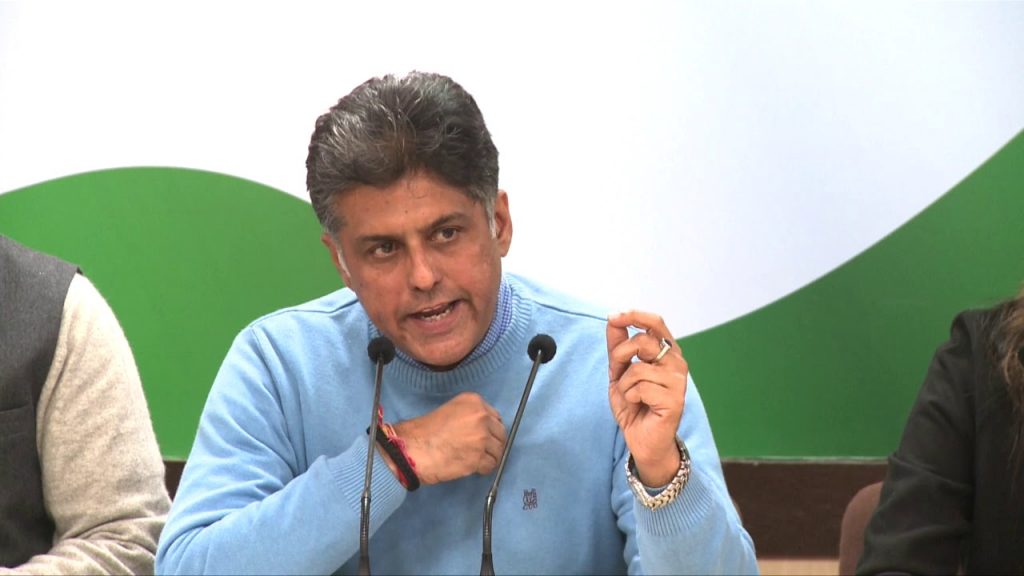In the fiscal year 2023-24, India’s indigenous defence production surged to a historic high of Rs 1.27 lakh crore, marking a significant milestone in the country’s journey towards self-reliance in defence manufacturing. This achievement, announced by the Defence Ministry, reflects a robust 16.7% growth compared to the previous fiscal year, underscoring the effectiveness of government policies and initiatives aimed at bolstering domestic capabilities in defence production.
Government’s Commitment to Defence Manufacturing
Defence Minister Rajnath Singh lauded this accomplishment, emphasizing the government’s steadfast commitment to transforming India into a premier global hub for defence manufacturing. He highlighted the role of proactive policy frameworks and self-reliance initiatives that have propelled this remarkable growth. Singh’s remarks underscored a vision where India not only meets its domestic defence needs but also emerges as a significant player in the global defence market.
Driving Factors Behind the Surge
Several key factors have contributed to this unprecedented growth in indigenous defence production:
- Policy Reforms and Initiatives: The government’s proactive policy reforms, including the Defence Production and Export Promotion Policy (DPEPP), have provided a conducive environment for private sector participation and foreign investments in defence manufacturing. These initiatives aim to reduce dependency on imports and foster indigenous production capabilities.
- Focus on Self-Reliance: The ‘Make in India’ initiative in defence has been pivotal in encouraging domestic companies to collaborate with global defence majors, transfer technology, and build indigenous capacities across various segments of defence production, including aerospace, naval systems, and land warfare systems.
- Increased Defence Budget Allocations: Enhanced budgetary allocations for defence modernization and procurement have provided the necessary financial impetus to boost indigenous manufacturing. These investments are crucial for upgrading defence infrastructure, acquiring advanced technologies, and supporting research and development (R&D) efforts in defence technology.
- Public-Private Partnership (PPP) Initiatives: Collaborative efforts between public sector undertakings (PSUs), private companies, and research institutions have accelerated the pace of innovation and production in defence equipment and systems. PPP models have facilitated knowledge sharing, skill development, and technology transfer, thereby strengthening India’s defence industrial base.
Economic and Strategic Implications
The record-high indigenous defence production not only signifies economic growth but also holds strategic implications for India:
- Enhanced National Security: Strengthening indigenous capabilities reduces dependency on foreign suppliers, thereby ensuring a steady supply of critical defence equipment during contingencies. This enhances national security preparedness and operational readiness of the armed forces.
- Job Creation and Economic Growth: The expansion of the defence manufacturing sector generates employment opportunities across various skill levels, contributing to economic growth and industrial development. It also promotes ancillary industries and supports the ‘Atmanirbhar Bharat’ (Self-Reliant India) initiative.
- Global Competitiveness: By leveraging indigenous production capabilities and fostering innovation, India aims to position itself as a competitive player in the global defence market. This not only opens avenues for export but also strengthens diplomatic ties through defence cooperation agreements with partner countries.
Future Outlook
Looking ahead, the trajectory of India’s defence manufacturing sector appears promising, supported by continued policy reforms, technological advancements, and strategic investments. The government’s unwavering commitment to enhancing indigenous capabilities underscores its resolve to build a resilient defence industrial ecosystem that aligns with national security imperatives and global economic aspirations.










